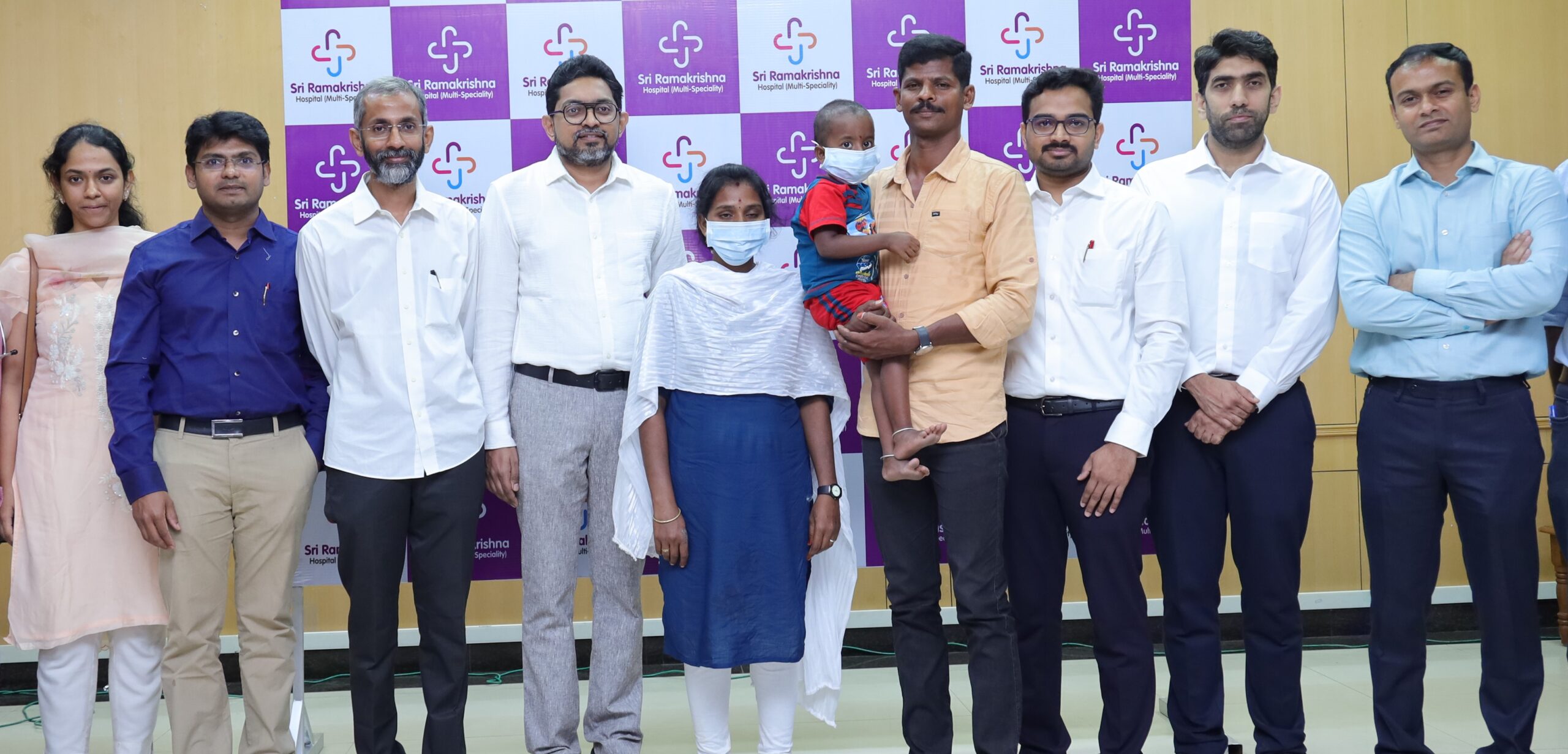Trending Now
- 830 voters names go missing in Kavundampalayam constituency
- If BJP comes to power we shall consider bringing back electoral bonds: Nirmala Sitaraman
- Monitoring at check posts between Kerala and TN intensified as bird flu gets virulent in Kerala
Coimbatore
Embracing conservation agriculture to enhance farm’s financial health
![]() December 17, 2019
December 17, 2019
Climate change has been the biggest challenge so far in agricultural productivity. It has led to drought like conditions in some parts of the country and heavy and erratic rainfall in other regions. This poses a threat to the demands of the growing population.
Dr Shivendra Bajaj, the Executive Director of the Federation of Seed Industry of India, in an article on Vertical Farming has emphasized on Conservation Agriculture (CA).
It is an agricultural system with low inputs and high returns with sustained growth while conserving the environment.
Conservation Agriculture utilizes scientific knowledge and technology to improve and conserve input resources like soil health and water to achieve economically and ecologically sustainable agricultural production.
With the severity and unpredictability of weather, especially in rain-fed regions of our country, many farmers have shifted to short duration crops that can withstand harsher conditions, instead of cultivating staple grains as before.
This poses a challenge for food security for our growing population. The farmer is also battling increasing production cost, scarcity of farm labor, declining or stagnating yield and farm income.
He cites in his article that India is contributing one point four (1.4) times more land area for producing one point two (1.2) times less rice as compared to China. This is a very harmful statistic for our growing economy.
He suggests that hybrids are a key in increasing productivity of maize and cotton in India, besides the major crops like hybrids of sorghum, pearl millet and many vegetable crops are also preferred by farmers over open pollinated varieties (OPVs).
On contradiction to the myth of hybrid rice having higher requirement of water and fertilizer, it will actually require less water and fertilizer, since it is a stress tolerant and a short duration crop.
Also the milling breakage percentage is same as open pollinated varieties. They are also better adapted to rain-fed regions, according to his article.
A strategy needs to be developed for refining hybrid seed production to enhance the seed yields. This will help to reduce the cost of hybrid by strengthening the existing institutional mechanism. Also, efficient planning is required for geographical diversification and to establish year-round hybrid seed production capabilities.
Involving seed agencies in the public sector, NGOs, and farmers cooperatives along with private seed sector will help identify promising hybrids for different regions and also create the much needed awareness among the farmers about the advantages of cultivating hybrid rice, he cites.
Direct Seeded Rice (DSR) is also part of Conservation agriculture that drastically reduces water usage. Since DSR eliminates water logging, it makes farm mechanization possible























